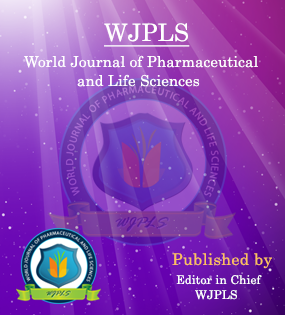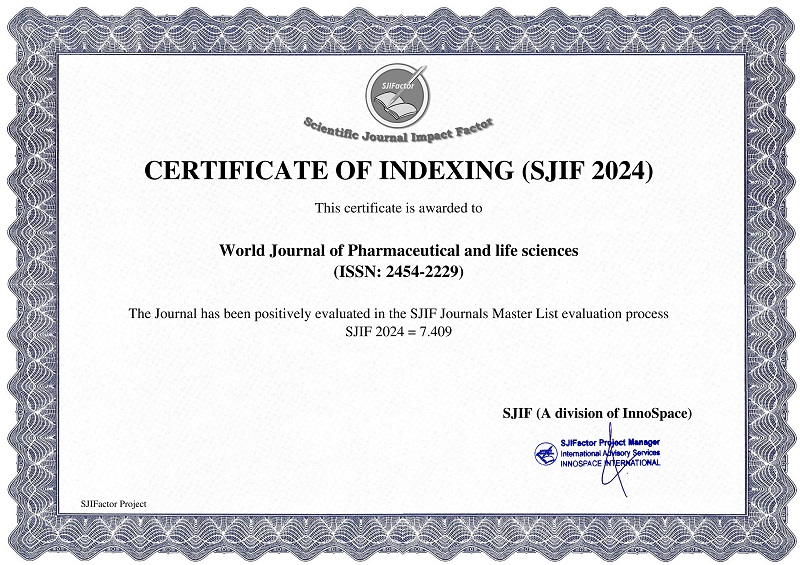Abstract
AUTONOMIC NETWORK AND BRAIN-HEART INTERACTIONS: A REVIEW FROM FUNCTIONAL PERSPECTIVES
*Dr. Prashant Kumar Saini, Dr. Poorvi Kulshreshtha and Prof. Prashant M. Patil
ABSTRACT
Brain structures involved in brain-heart interactions comprise two primary areas: the central autonomic network, responsible for autonomic control (descending interactions), and the default mode network, which participates in the neural monitoring of cardiac activity (ascending interactions). Peripheral cardiovascular responses to standard physiological stimuli using multimodal recordings (ECG, Blood pressure) have been standardized and are available widely in the literature. The physiological stimuli most commonly used are a postural challenge, cold pressor stimulation, isometric exercise test, Valsalva Maneuver, etc. A central autonomic network (CAN) of interconnected brain structures regulates autonomic outflow to the heart. A lower heart rate variability (HRV) is associated with a cardiovascular disease and mortality risk; a high HRV value indicates good health. Higher HRV is associated with stronger vagus nerve function, lower chronic stress levels, better overall health, and improved cognition. This review discussed a more in-depth anatomy and physiological understanding of the connections between brain functions and related autonomic cardiac dynamics.
[Full Text Article] [Download Certificate]WJPLS CITATION 
| All | Since 2020 | |
| Citation | 590 | 424 |
| h-index | 12 | 10 |
| i10-index | 17 | 14 |
INDEXING
NEWS & UPDATION
BEST ARTICLE AWARDS
World Journal of Pharmaceutical and life sciences is giving Best Article Award in every Issue for Best Article and Issue Certificate of Appreciation to the Authors to promote research activity of scholar.
Best Article of current issue
Download Article : Click here





